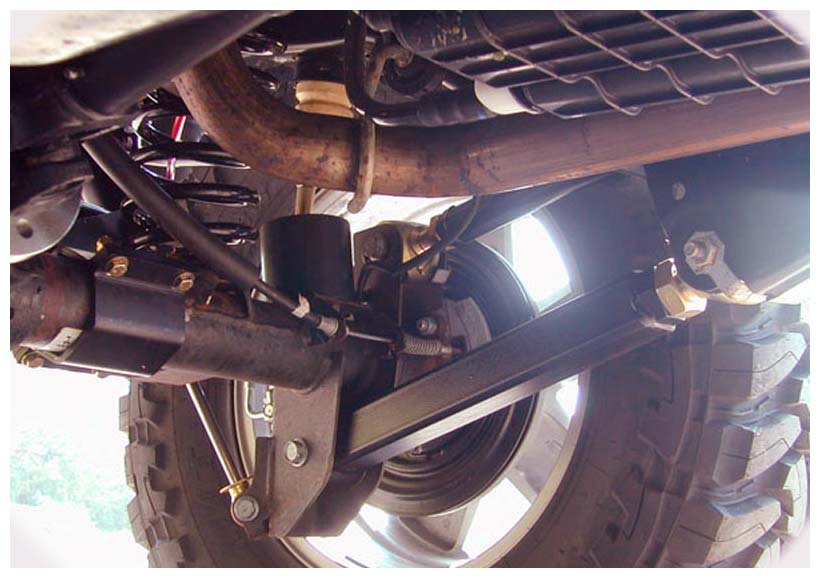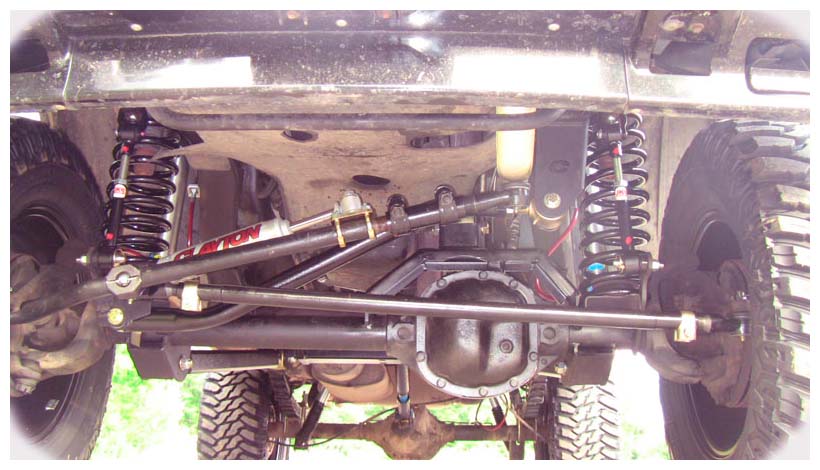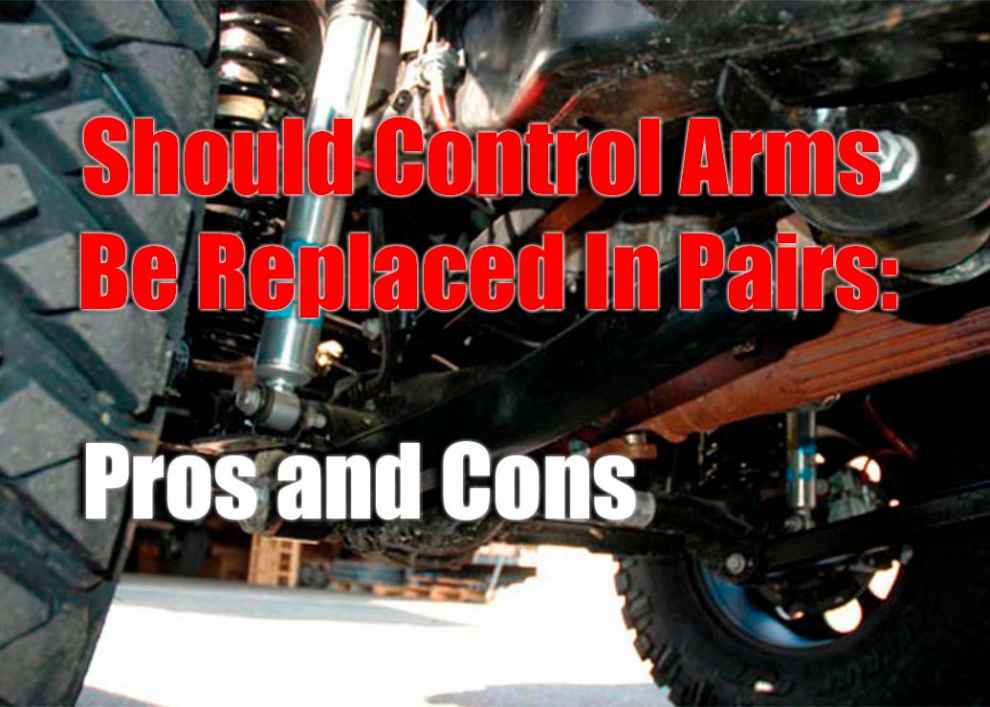Control arms are an important part of your vehicle’s suspension system and must be replaced when they become worn or damaged. But should you replace both control arms, or just one? Replacing control arms in pairs can have both advantages and drawbacks, so it’s important to carefully consider the pros and cons before deciding. This article looks at the factors involved in replacing control arms in pairs to help you decide if it is the right choice for your situation.
Pros of Replacing Control Arms in Pairs
Replacing control arms in pairs can offer cost savings, convenience, and improved safety for your vehicle’s suspension system. By replacing both control arms at once, you can save on labor costs, ensure that both arms are of the same age and quality level, and provide more stability for your vehicle on the road.

Convenience: Replacing both control arms at once is also more convenient as it only takes one service appointment instead of two, and it ensures that both arms are replaced with parts of the same age and quality level so that they will work together properly for a longer period of time before needing to be replaced again.
Improved Safety: Replacing control arms in pairs also improves safety by providing more stability for your vehicle’s suspension system after the installation has been completed. With properly matched components on each side, your car can handle better and provide a smoother ride overall since each tire will have proper contact with the road surface regardless of road conditions or speed changes while driving. This helps to reduce the risk of a sudden change in tire grip which could lead to a dangerous situation.
Cons of Replacing Control Arms in Pairs
Replacing control arms in pairs has drawbacks, including the potential for unnecessary expense, increased risk if something goes wrong with either arm, the potential for lower quality parts, and increased labor intensity. While replacing both control arms at once can save on labor costs and improve safety, it is important to weigh the pros and cons before deciding whether or not to replace both control arms at once.
Unnecessary Expense: If only one of your control arms is damaged, replacing both can be an unnecessary expense. Although it may cost less than two individual replacements, you may not get the same level of performance out of the undamaged arm as you would with a new one, and you will still have to pay for it anyway.
Increased Risk: Replacing both control arms at once also increases your risk if something goes wrong with either arm after installation. Having two arms that are not working properly can cause major problems with the suspension system and put stress on other components as well, so it is important to make sure that both arms are functioning correctly before installing them together.

More Labor Intensive: Finally, replacing control arms in pairs takes more time to complete and can be more labor intensive than replacing only one arm. This can add to the cost of the repair as well as take up more time for your technician, so it is important to consider these factors when deciding whether to replace both arms at once.
Conclusion
Replacing control arms in pairs has its advantages and disadvantages, depending on your situation. Cost savings and convenience are two of the major benefits that come with replacing both arms together, but there is also a risk of using lower-quality parts or having increased labor costs if something goes wrong with either arm after installation. Ultimately, it is up to you to decide what is best for your vehicle and budget, so consider all these factors before deciding on whether you should replace both control arms at once.

Add Comment